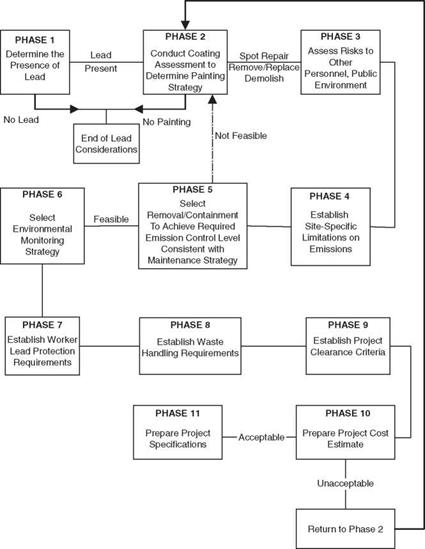RESOURCE RECOVERY AND USE OF WASTE MATERIAL
Given the vast amount of building materials required to construct and maintain the transportation infrastructure in the United States, the country’s highway system represents a tremendous opportunity for the beneficial use of reclaimed and recycled resources. However, the reclamation and reuse of waste material must be done in an environmentally responsible manner.
The handling, disposal, and reuse of solid waste is regulated by a number of environmental statutes. Increased cost of complying with these requirements has increased the appeal of recycling and resource management. Because solid waste material is not as uniform as raw materials, the characteristics, performance, cost of preparing, and application of solid waste vary with the source and type of the material. Results in highway applications vary considerably and depend on such parameters as climate, composition, material handling practices, and construction procedures. Factors to be considered when recycling a waste to a highway construction end use include the following [National Cooperative Highway Research Program (NCHRP), Transportation Research Board, Synthesis 199, Recycling and Use of Waste Materials and By-Products in Highway Construction: A Synthesis of Highway Practice, Washington D. C., 1994]:
Environmental Threats and Benefits. Along with the considerable environmental benefit of reducing the landfill burden, potential threats to the environment caused by the use of
|
FIGURE 1.2 Decision chart for management of lead paint removal. (From K. A. Trimbler, Industrial Lead Paint Removal Handbook, 2d ed., Steel Structures Painting Council/KTA-Tator, Inc., Pittsburgh, 1993, with permission) |
recycled material must be considered and compensated, mitigated, or otherwise overcome before use of recycled material is feasible.
Regulatory Requirements, Guidelines, and Restrictions. The federal and state legislation and guidance regarding recycled materials reflect reduced landfill capacity in the United States and the recognition that there is a net benefit to producing resources from waste. The federal government as well as some states now have recycling mandates in place. Permits are often required when conducting recycling activities, and/or when creating an authorized disposal site in using certain wastes as embankment fill. If the recycling activity falls under the RCRA classification of “use constituting disposal,” additional regulations apply.
Economic Cost and Benefit. Economic considerations are often the driving force behind recycling efforts on the county and city level, because of the increased landfilI costs and increasingly limited capacity. Recycling for highway departments may become more attractive as budget cuts increase and the price for recycled waste materials decreases. In some cases, recycled materials extend the service life of highway components, making the life-cycle costs of using such materials attractive.
Engineering Properties and Technical Performance. Because of the variability of the composition of waste materials, performance results for end products may vary significantly, requiring careful evaluation before identifying suitable applications for their use. The primary question is “does the performance of the material compare favorably with the same material constituted from raw materials?” In some instances, the use of waste material has consistently improved performance. For instance, silica fume use in portland cement results in higher compressive strength and higher resistance to corrosion of steel reinforcement due to the increased density and reduced porosity of the resulting concrete. (“Silicon,” Minerals Yearbook, U. S. Bureau of Mines, Washington, D. C., 1989.)
Construction Materials Shortages and Alternative Resource Availability. Millions of tons of aggregate are used each year in the construction of highways. Resources from existing quarry mining are being depleted and the new sources are often not used because of restrictive regulation and preferred uses of the land. In areas experiencing shortages, recycling construction materials, waste minerals, and other products into aggregate is more cost-effective than shipping aggregate from distant quarries. Steel is one of the most widely recycled materials used in highways. Steel reinforcement can be composed completely of recycled scrap steel, and steel girders can contain as much as 25 percent recycled scrap steel. Recycling scrap steel greatly reduces reliance on foreign sources for raw materials in the steel industry. (NCHRP Synthesis 199, p. 6.)







Leave a reply